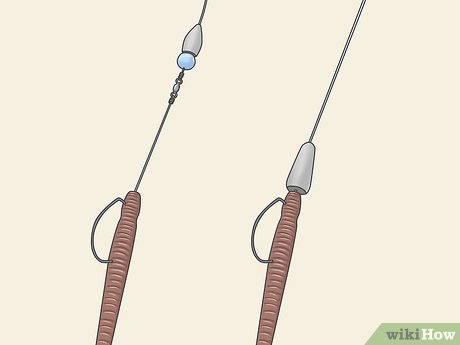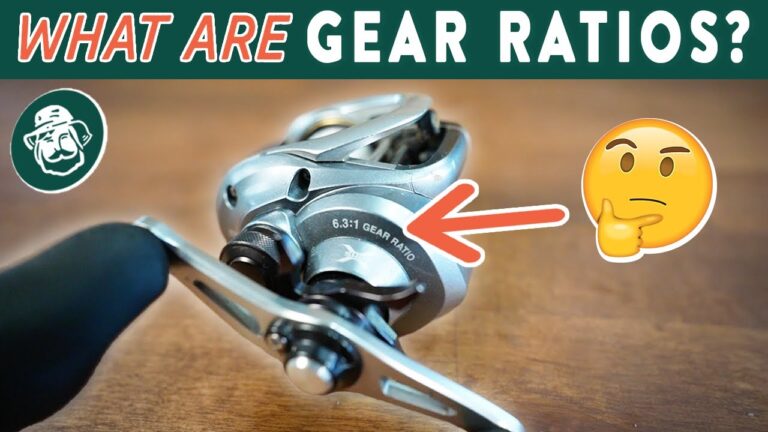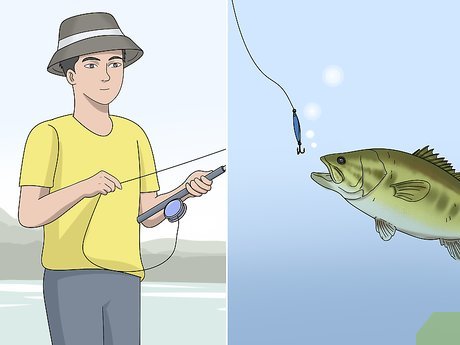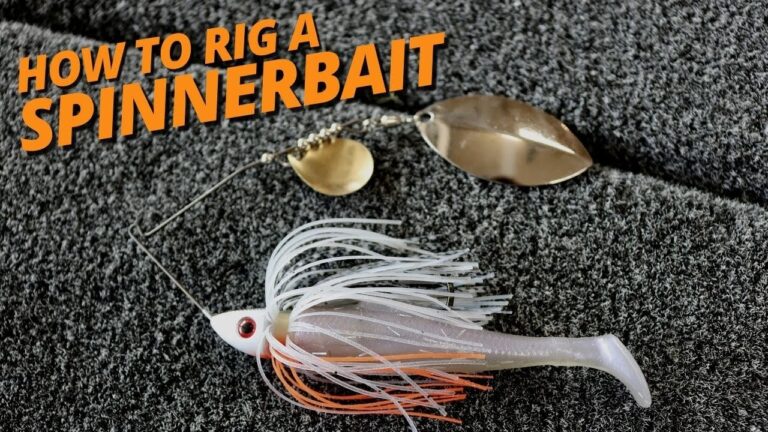How to Hook Fake Worm

To hook a fake worm, thread it onto the hook to mimic natural movement. Ensure it’s secured firmly to avoid slipping during casting.
Knowing how to effectively hook a fake worm is essential for successful fishing. Anglers across the globe use this technique to lure in bass and other freshwater fish. A properly rigged worm not only looks appealing to fish but also traverses the water in an enticing manner.
Whether you’re a novice angler or have plenty of experience, mastering this simple yet effective skill can significantly increase your catch rate. Choosing the right size and color of your fake worm based on the fishing conditions can be a game changer. Up next, we will delve into the specifics of rigging your artificial bait to help you make the most of your fishing adventure.
The Art Of Artificial Bait
Selecting the right fake worm is key to successful fishing. Match the hatch, meaning choose a worm that looks like local bait. Color, size, and texture are important factors. Worms come in neon colors for murky water. Natural hues are best for clear water. Size should match the prey fish eat.
Using fake worms has several benefits. They are more durable than live bait. This means you can catch more fish with each worm. They also save money in the long run. The best part is they attract a variety of fish. Fishermen can use them in different fishing conditions. Plus, there’s no need to keep them alive. This makes them easy to store and transport.

Credit: www.wikihow.com
Preparation For Success
Fishing success starts with the right tackle. Grab a lightweight rod that’s easy to hold. A spinning reel works best for beginners. Your main line should be monofilament, which is forgiving and durable.
Choose fake worms that look real. Color matters—pick ones that match the water. For clear water, use natural colors. In murky water, bright colors are best.
Setting up the environment requires patience. Wait for good weather—fish bite more then. Ensure the water is not too rough; calm waters are ideal for fishing.
Hooking Techniques
Mastering the Texas Rig means catching more fish! This rig is simple yet so effective.
Start by piercing the top of your fake worm with the hook. Slide the worm up to the eyelet. Then embed the hook slightly back into the worm. This makes it weedless and perfect for fishing in heavy vegetation.
The Wacky Rig is all about that crazy movement fish love. Take a hook and pierce it through the worm’s middle. Cast it, twitch it, and watch it dance underwater! Fish find this hard to resist.

Credit: fishnatics.com
Perfecting The Presentation
To hook a fake worm effectively, studying real worm movements is key. Observe how they wriggle slowly through the dirt. Your goal is to make the fake worm look alive.
Begin by gently casting your line and allowing the worm to sink naturally. Once settled, start a slow retrieval process. The action should not be too fast. Subtle twitches with occasional pauses can simulate real movement.
For an ideal rhythm, mix short bursts of speed with slower draws. The idea is to create an irregular, lifelike pattern. This mimics a worm scuttling across the bottom or jetting away from predators. Reel in then pause, keeping tension on the line to maintain control.
Advanced Tips And Tricks
Hooking fake worms with success involves knowing the right combo of colors and scents. Use bright colors during clear skies. Under cloudy skies, switch to dark or metallic shades. Fish rely on their sense of smell, so adding a scent can boost your chances. Try scents like garlic or fish attractant during spring.
Match your worm’s color to what fish eat seasonally. In summer, try green and brown to mimic natural worms. Come winter, use white or blue to imitate baitfish. Infuse worms with scents based on what’s swimming around. Think crawfish scent in fall or shrimp in cold water. Big catches need the right color-scent mix. Stick to these strategies for year-round fishing success.
Maintaining Your Fake Worm Arsenal
Maintaining the quality of your fake worms ensures longer usability. Proper storage solutions are key for prolonging lifespan. Keep worms away from heat and sunlight. Use cool, dry containers with divided compartments. This prevents colors from bleeding. Silica packets in containers absorb moisture, preventing mold.
For cleaning and repair, rinse worms with cool water after each use. Pat them dry before storage. Inspect for damage often. Small tears can be fixed with super glue designed for plastics. Treat your fake worms like real fishing equipment. A little care goes a long way!

Credit: tailoredtackle.com
Frequently Asked Questions For How To Hook Fake Worm
How Do You Put A Hook On A Fake Worm?
To attach a hook to a fake worm, thread the hook through the worm’s head, exit at midsection, then embed the point back into the body for a weedless setup. Ensure the worm hangs straight to prevent line twists.
What Is The Best Hook For Fake Worms?
The best hook for fake worms is an offset worm hook, typically in sizes 1/0 to 4/0, as it ensures a natural presentation and solid hooksets.
How Do You Fish With Fake Worms?
To fish with fake worms, rig them properly on the hook to mimic natural movement. Cast the bait near structures where fish hide and retrieve it slowly, allowing pauses for a realistic effect. Adjust your technique based on the fish’s response to increase your chances of a catch.
How Do You Hook Fake Bait?
Select the appropriate fake bait for your target species. Thread the hook through the bait’s nose, body, or tail, depending on the desired action. Secure the hook’s point to ensure a natural movement. Avoid over-rigging to maintain realism. Check local regulations for hook and bait restrictions.
Conclusion
Mastering the technique of hooking a fake worm is essential for any angler aiming to improve their fishing game. By following our step-by-step guide, you’ll enhance your lure’s appeal and boost your catches. Remember, the right approach to baiting can make all the difference.
Now go ahead, cast your line, and watch the magic happen as fish after fish takes the bait.





